Order: Passeriformes. Family: Sturnidae
Description
34-36 cm. A glossy (iridescent blue-green) starling with a dark eye and long, graduated pointed tail. Black bill and legs. Blackish lores and ear-coverts. Sexes similar, females duller and smaller than males.
Forehead to mantle blue-green, with some purple sheen. Lores and ear coverts black. Lower back and upper tail coverts purple, rump with bronze sheen. Long tail blue-violet, with darker cross-barring; strongly graduated, with central pair of rectrices longest. Wings blue-green, with purple sheen on outer webs; feathers with faint cross-barring. Axillaries and underwing coverts with violet-blue gloss. Chin to breast blue-green, with purple gloss; lower breast with narrow violet band. Centre of belly bronze; flanks and undertail coverts purple. Undertail blackish. Bill black. Eyes dark brown. Legs and feet black.
Juveniles are duller and have matt black underparts and a shorter tail than adults, but the long, pointed tail is evident.
Note that the long tail is rather pointed (with narrow and rounded central tail-feathers) than square ended and this species is slimmer in build than the similar Burchell's Starling and has a less contrasting mask than Burchell's Starling. Meves's Starling is also a smaller bodied, more compact bird than Burchell's Starling. These are the only two glossy starlings with dark eyes (in adult).
Distribution
Occurs from Angola, Zambia and Malawi to southern Africa, where it is locally common in northern Namibia, Botswana and Mozambique, Zimbabwe and north-eastern South Africa.
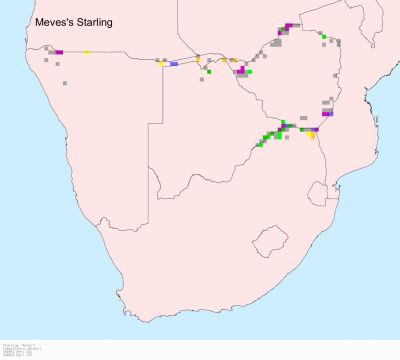
Habitat
Mopane woodland and riverine forests. Especially Mopane with scattered Baobab trees.
Diet
It mainly eats insects supplemented with fruit and flowers, doing most of its foraging on the ground, often catching prey disturbed by large mammals.
Breeding
Monogamous. The nest is built by both sexes, consisting of a cup built of dead plant material typically placed in a tree cavity about 1-4 m above ground. It may also fence posts and ventilation pipes, often reusing the same nest over multiple breeding seasons. Egg-laying season is from November-April. It lays 3-5 eggs, which are incubated solely by the female in about 18 days. The chicks are fed by both parents, leaving the nest after about 23 days.
Occasionally parasitised by Great Spotted Cuckoo.
Call
A harsh keeeaaaa and series of churring notes. Listen to Bird Call.
Status
Localised and sparsely distributed resident. Usually in groups.




 © Dewi
© Dewi © nan
© nan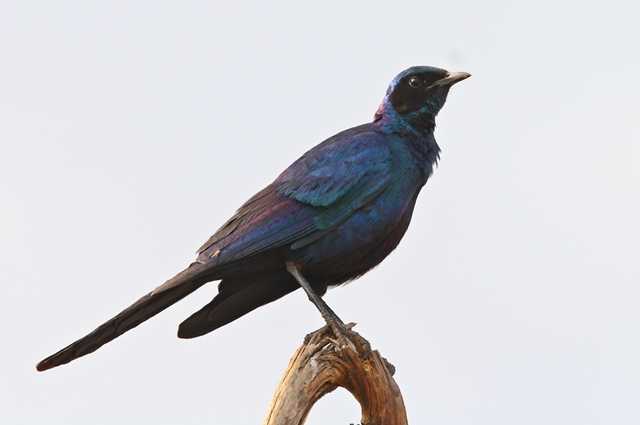 © Flutterby
© Flutterby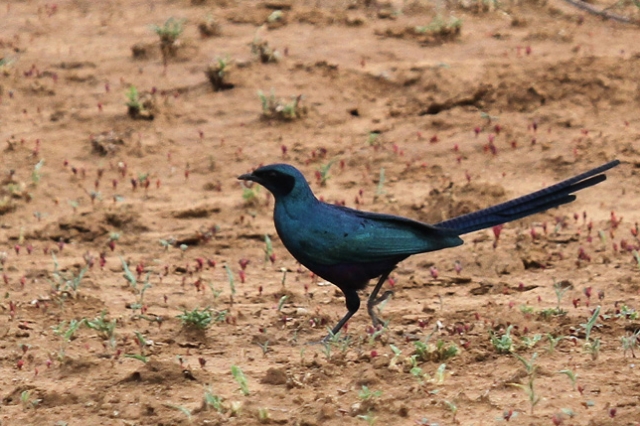 © leachy
© leachy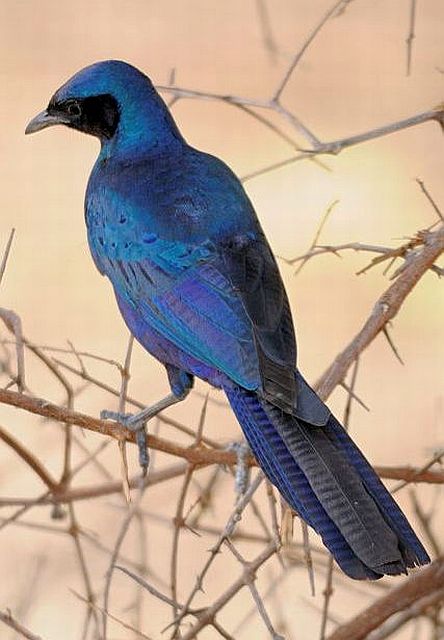 © Dewi
© Dewi © Pumbaa
© Pumbaa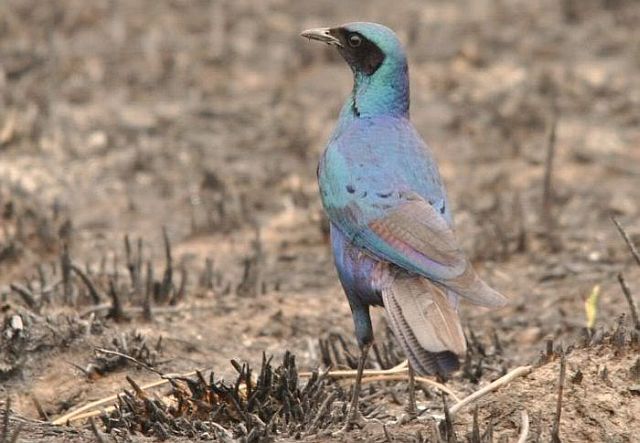 © lowveldboy
© lowveldboy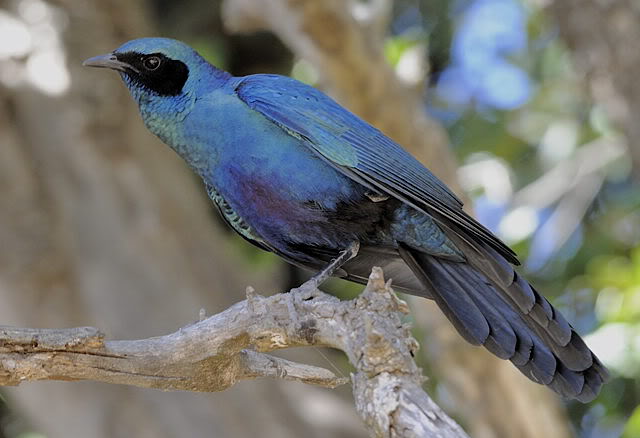 © Dewi
© Dewi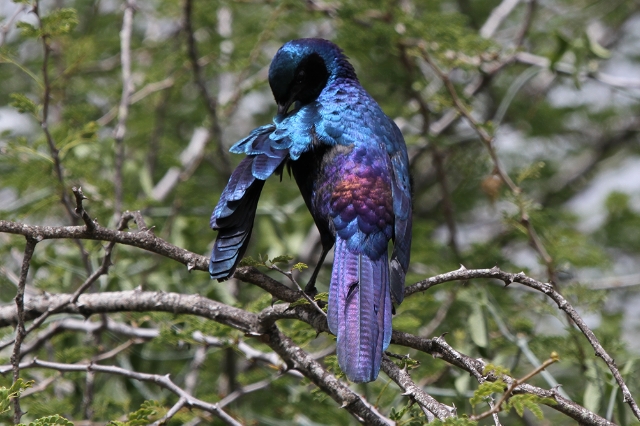 © Tina
© Tina

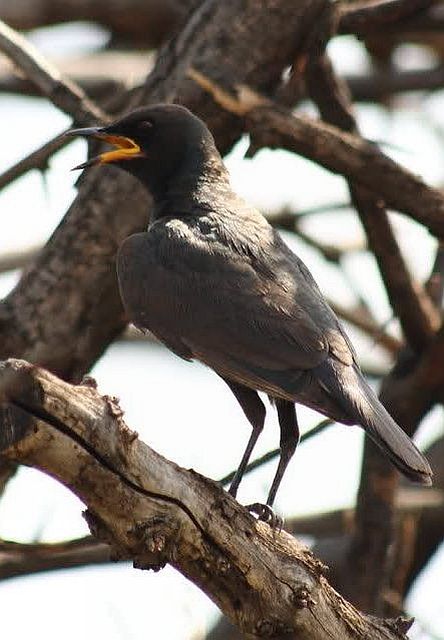
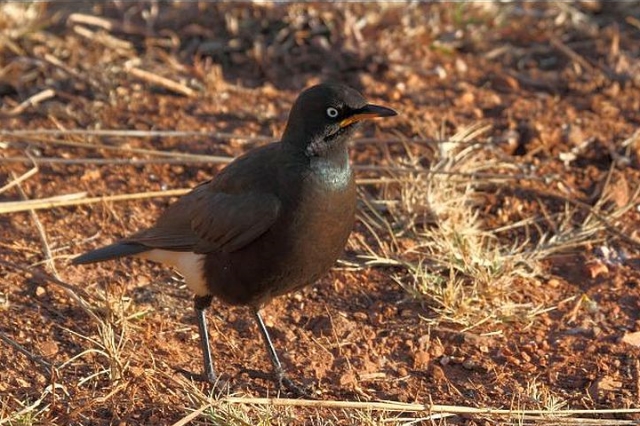 © Sharifa
© Sharifa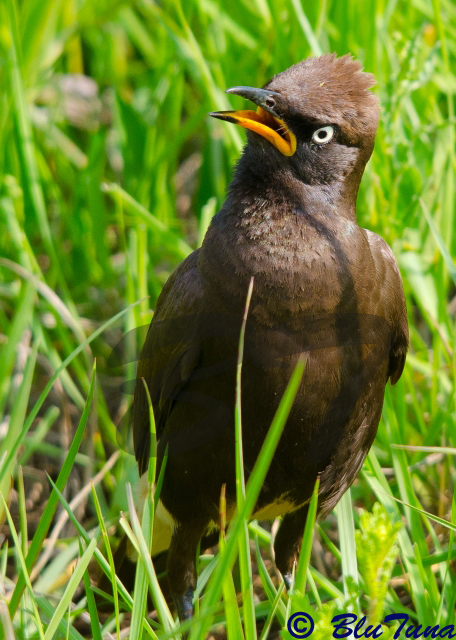 © BluTuna
© BluTuna © Flutterby
© Flutterby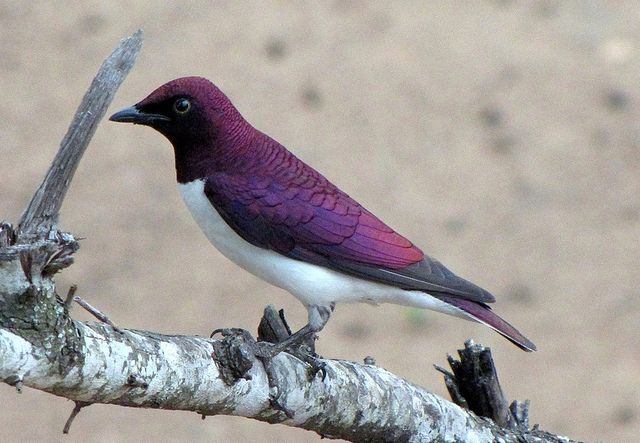 © Lisbeth
© Lisbeth © Peter Betts
© Peter Betts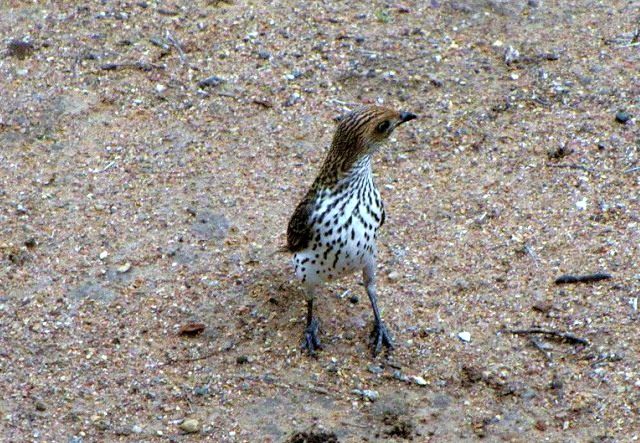 © Lisbeth
© Lisbeth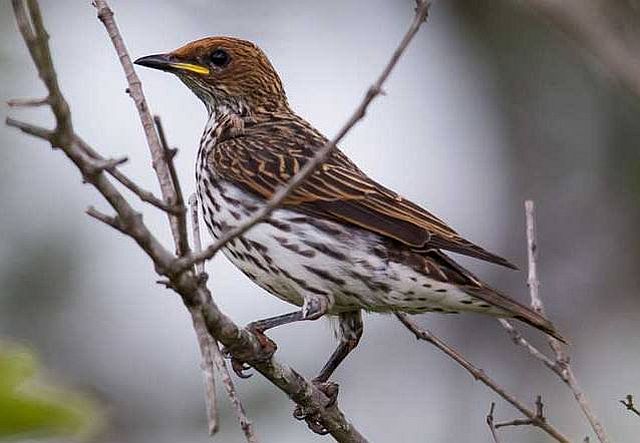 © Pumbaa
© Pumbaa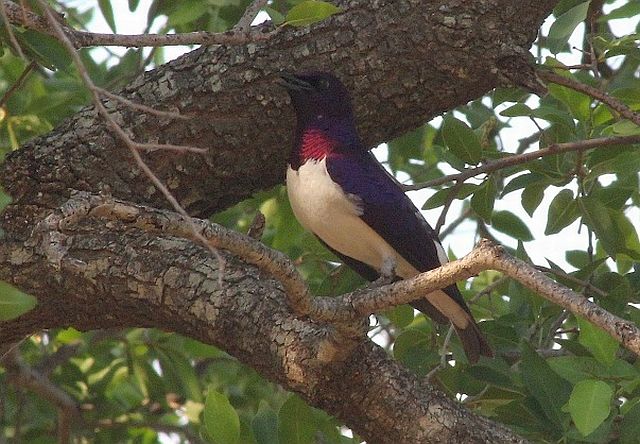 © Amoli
© Amoli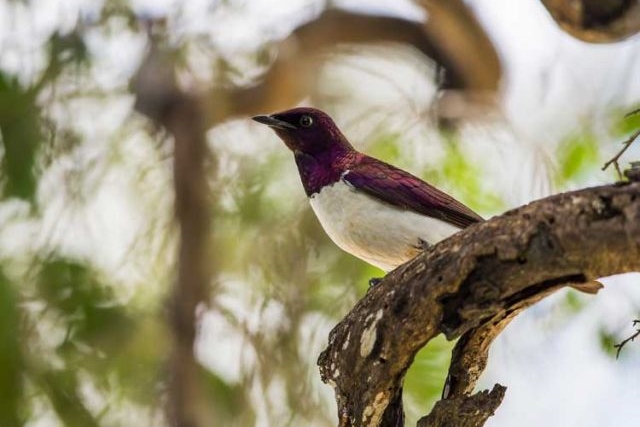 © Pumbaa
© Pumbaa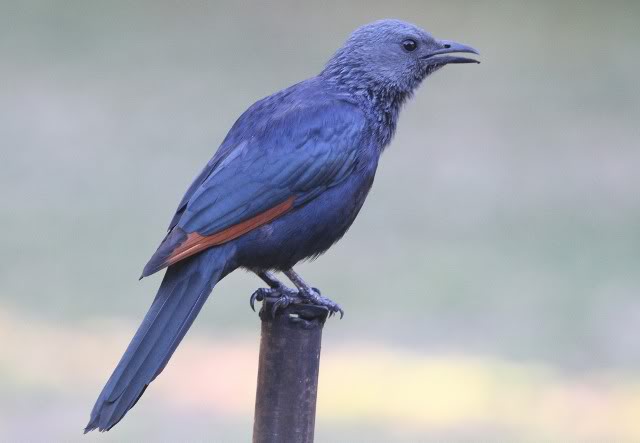 © nan
© nan © Dewi
© Dewi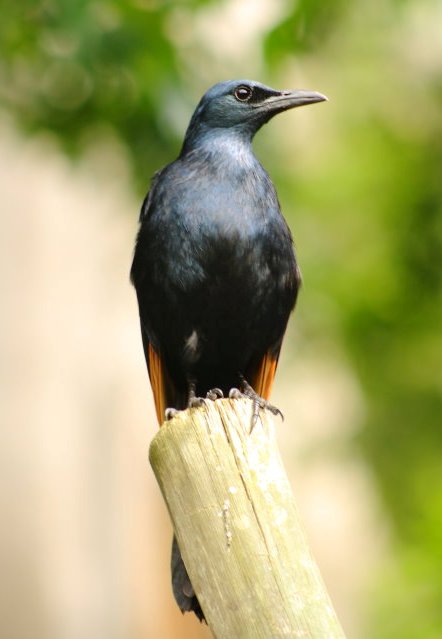 © Flutterby
© Flutterby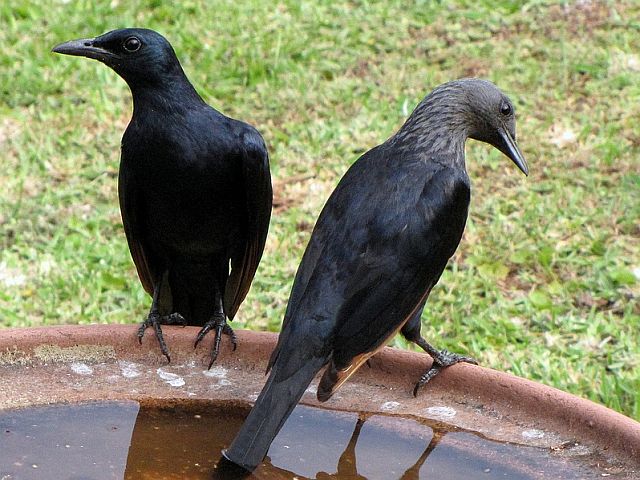 © Lisbeth
© Lisbeth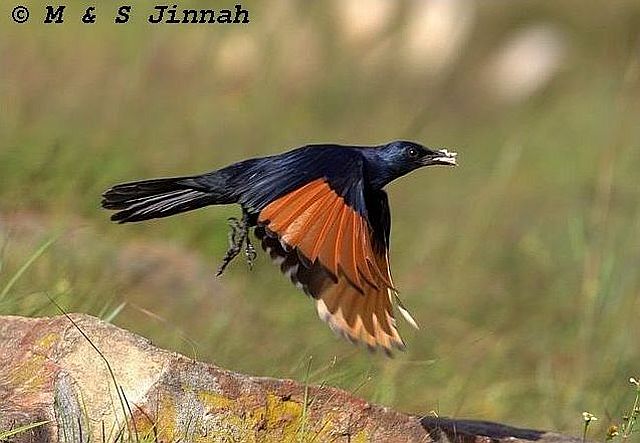 © Sharifa
© Sharifa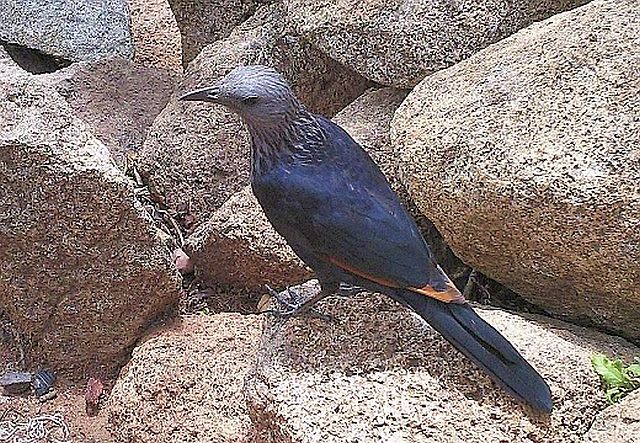 © Amoli
© Amoli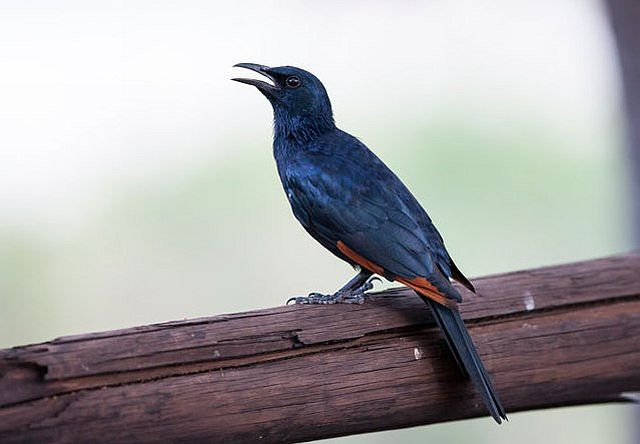 © Pumbaa
© Pumbaa